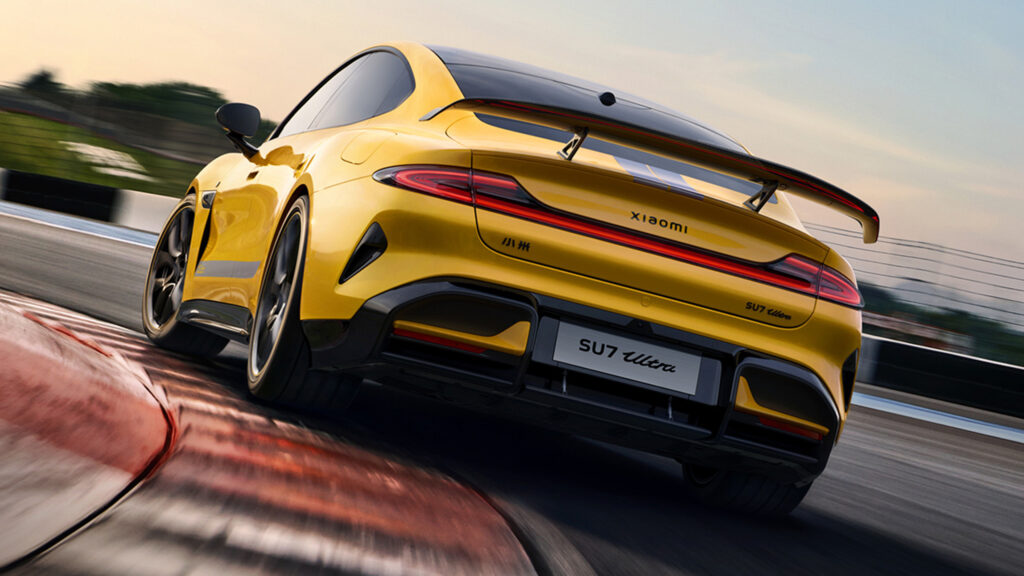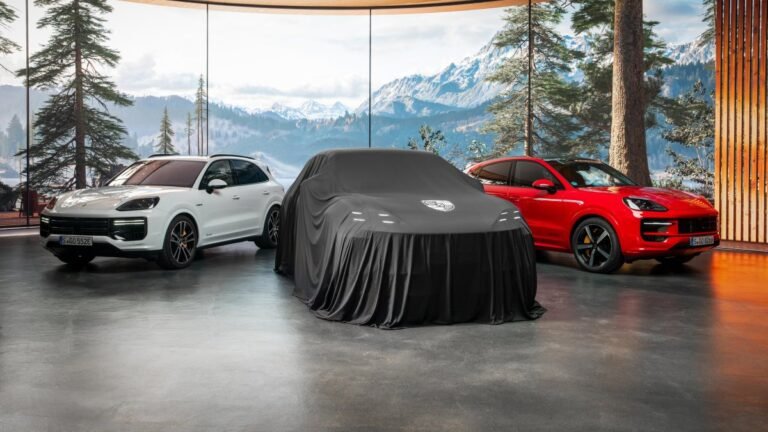

- China’s draft rule could require cars to take longer to reach 100 km/h (62 mph).
- Drivers would need to manually enable faster acceleration after every startup.
- Regulation targets all passenger cars, but quick EVs would feel the biggest hit.
The electric car age has rewritten the meaning of quick, with even family runabouts now capable of supercar-style launches from a set of lights. What once belonged to exotic badges has become a party trick for mid-range sedans and crossovers alike.
Now China’s latest draft vehicle regulation looks set to spoil the fun, or at least delay it. Under a proposed update to the National Standard, every passenger car would need a default mode in which it takes no less than five seconds to reach 100 km/h (62 mph) at startup, unless the driver manually selects a quicker setting.
The draft title “Technical Specifications for Power-Driven Vehicles Operating on Roads” appears to be part of a broader safety and road behavior initiative in China. It is intended to replace the current GB 7258-2017 standard that didn’t impose such restrictions.
More: China Might Kill Electric Flush Door Handles With These New Rules
Section 10.5.4 of the new proposal states: “After each power-on/ignition of a passenger vehicle (excluding automatic engine start-stop), the vehicle should be in a state where the 100 km/h acceleration time is not less than 5 seconds.”
The default performance-restricting mode at startup could work much like the output-limiting Eco setting found in most EVs, managed entirely through software. Drivers could still switch to a faster mode, though they’d need to repeat the process every time they power on the car.
Europe has a somewhat parallel rule, requiring cars to have speed limit warnings, although those systems only alert rather than restrict.

If approved, the rule would apply to all passenger cars in China regardless of powertrain, though it would most affect the growing fleet of lightning-fast EVs.
Models like the Xiaomi SU7 Ultra (1.98 seconds to 100 km/h), Zeekr 001 FR (2.02 seconds), Tesla Model S Plaid (2.1 seconds), and BYD Yangwang U9 (2.36 seconds) would all fall under the new restriction, even if only temporarily after startup.
Speed Warnings On Your Limo
A separate draft titled “Safety Specifications for Power-Driven Vehicles Operating on Roads” includes another speed-related rule, this time targeting longer passenger models.
Section 10.5.1 reads: “Passenger vehicles with a length of 6 m or more shall have an overspeed alarm function, capable of triggering an alarm via visual or audible signals when the speed exceeds the maximum permissible speed (the maximum permissible speed shall not exceed 100km/h), except for those with compliant speed limiting functions or devices.”
While most large SUVs and minivans stay below the six-meter mark, the rule could apply to stretched limousines. One such example is the previous-generation Rolls-Royce Phantom VII Extended Wheelbase, which measures 6,092 mm (239.8 in). Its successor, slightly shorter at 5,982 mm (235.5 in), would just avoid triggering the alarm requirement.



